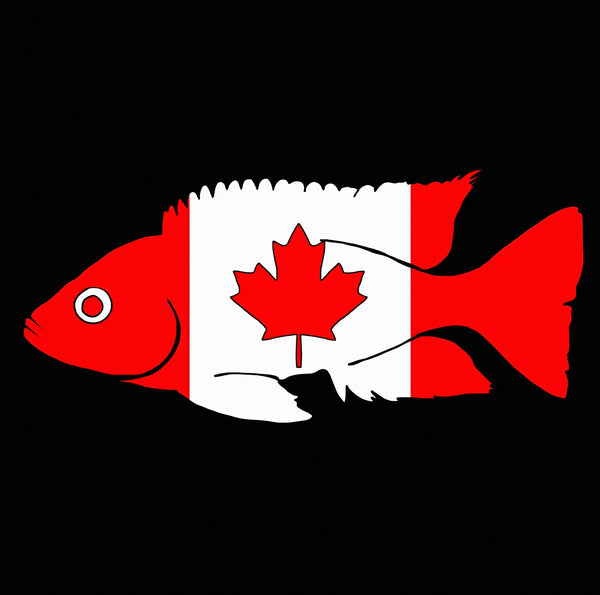SKU:PC3994
L519 "RIO ITENEZ BRISTLENOSE (Ancistrus .sp Kiefner) 2403
L519 "RIO ITENEZ BRISTLENOSE (Ancistrus .sp Kiefner) 2403
Out of stock
Couldn't load pickup availability
This highly attractive ancistrus was discovered in 2019 by Gerhard Kiefner in the Rio Itenez River in Bolivia (known as Guapore in Brazil). Ancistrus sp. Rio Itenez (L-519) quickly made it to the list of the most demanded fish species among Loricariidae fans.
It is one of the smaller species of ancistrus. 3-year-old males reach only 9 cm in length, females are slightly smaller. In addition to its small size, the species is distinguished by its interesting coloration. The body of Ancistrus sp. “Rio Itenez” (L-519) is covered by a marble-like pattern.
What conditions does Ancistrus sp. “Rio Itenez” (L-519) need?
Unlike many other varieties of ancistrus, L-519 needs much more acidic and very soft water. Sources say the water in the middle reaches of the Itenez River has a pH of 6.9 and a conductivity of 24 mS. In contrast, in the lower section, the pH is 6.4 and the conductivity 22 mS. I managed to talk to Gerhard Kiefner to find out that he had recorded the following parameters at the site where these fish were caught: pH 6.0, conductivity 20 mS. That is why it is so important to provide aquarium fish with soft water of pH below 7, especially if you want to successfully breed them. In harder water the eggs often turn white, as they do not undergo fertilization.
As for the water temperature, it is best to keep it between 26 and 28°C
Reproduction of Rio Itenez (L-519)
Fish mature quite quickly, and they are ready to spawn at the age of 10-12 months.Due to their small size, the number of eggs is rather small. Normally you can expect about 30-40. The fish spawn in ceramic or wooden caves.
At the recommended temperature, the young hatch after about 5-6 days. It takes them another 4-5 days to resorb the yolk sac. After this time, they begin to swim independently in search of food.
When spawners of Rio Itenez (L-519) are provided with the right conditions, the reproduction is quite easy. Therefore, since the species first hit the market, its price has fallen sharply. And now every aquarist can afford them and not just Loricariidae freaks with big wallets.
What to feed young ancistrus?
Young fish can be fed the same food as adult fish, but in a smaller size. Since these are herbivorous fish, granulated foods based on spirulina and other algae will be suitable.
Share


